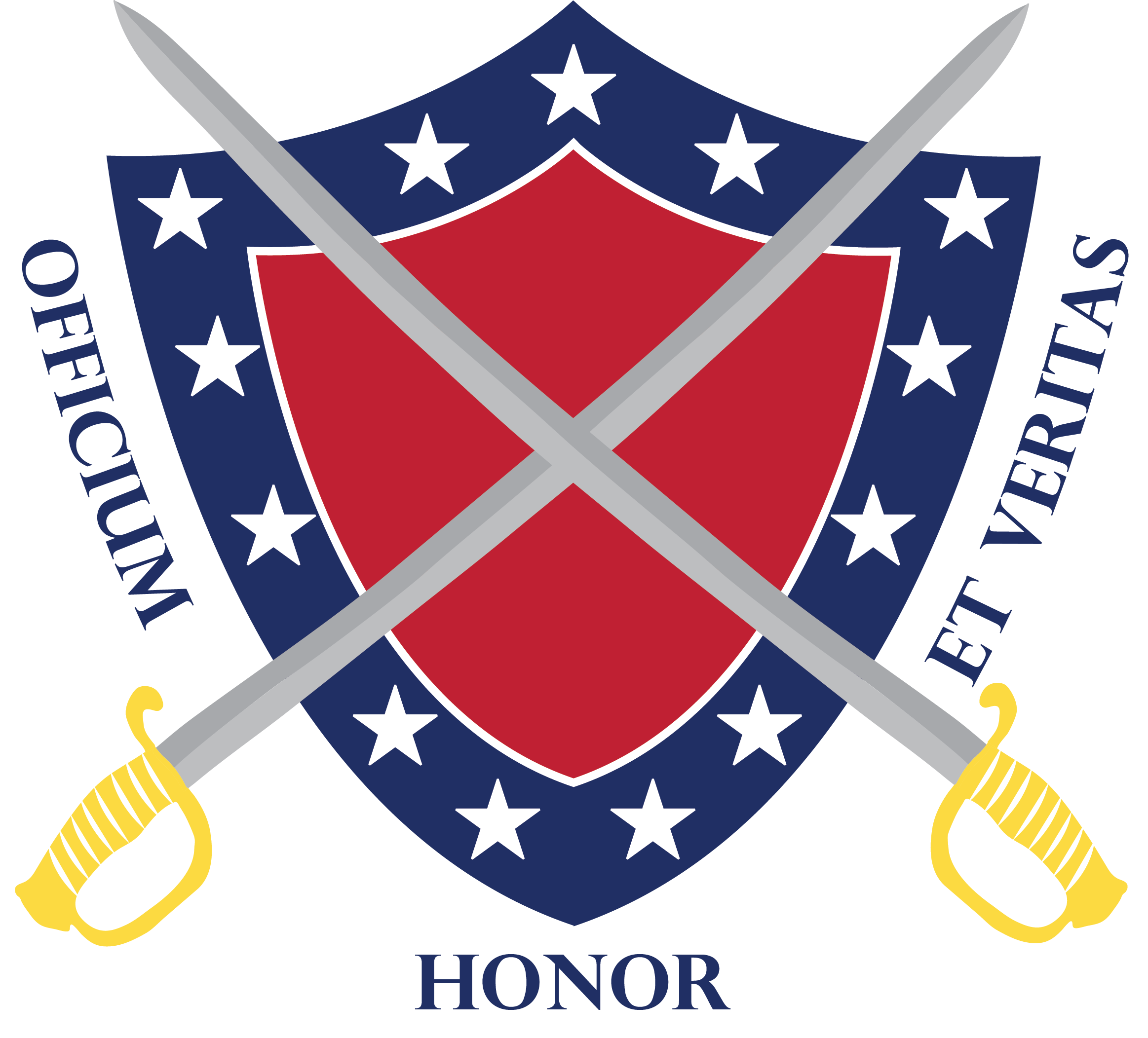
The Open Road Into Maryland
Many have looked askance over the years at the way Edwin Stanton handled the initial part of the investigation of Lincoln’s assassination. Some have even said he endeavored to let Booth escape. And I have to admit, the way it looks, that sure was a possibility.
Revised History – The Open Road Into Maryland PDF
Many have looked askance over the years at the way Edwin Stanton handled the initial part of the investigation of Lincoln’s assassination. Some have even said he endeavored to let Booth escape. And I have to admit, the way it looks, that sure was a possibility.
In his book Anatomy of an Assassination author John Cottrell notes this. He says: “Numerous incidents can be cited to support this charge. He did not alert guards at the Navy Yard Bridge, the most obvious escape route from Washington. He did not immediately raise a general alarm by issuing a statement to the Press. He delayed in naming Booth as the assassin, even though scores of witnesses had identified Lincoln’s murderer. He recalled Major O’Beirne when he was leading the one search party on the right track. With this indirect assistance from Stanton, Booth might very well escaped if he had not been handicapped by a broken leg. There is no doubt that the War Secretary bungled his direction of emergency measures.” And that’s where Cottrell leaves it. He portrayed Stanton as possibly being a “frightened man” as he supposedly felt this attack might be one last attempt on the part of the South. I am afraid I can’t agree with his assessment of Stanton’s “fright.”
I have studied and written about the Lincoln assassination for years on and off. Whatever else you want to say about him, Stanton never came across to me as one who frightened easily. He was deceitful and had his own agenda, apart from Lincoln’s agenda, but scared? I don’t think so.
I think the authors of The Lincoln Conspiracy David Balsiger and Charles E. Sellier Jr. have got Stanton’s number much more accurately. They note in their book: “The War Secretary began dictating telegrams, orders closing escape routes out of the city. All the Washington exits were closed before midnight except the Navy Yard Bridge which Booth and Henson had crossed shortly after the assassination.” Why did that most obvious escape route remain open? Later they noted: “At about the same time, Stanton had blocked all southwest roads going directly into Virginia. This would have been effective had Booth remained in Washington. By the time Stanton closed the route, Booth had ridden 50 miles.”
Sounds like a case of too little too late, and I don’t doubt that was on purpose. When they finally started shutting the roads down, they started with the roads going in the least likely directions–and the closings were piecemeal.
They sent a disabled soldier who knew shorthand in to take statements from witnesses to the assassination. This soldier, James Tanner, said “Within fifteen minutes I had testimony enough to hang Wilkes Booth.” And even with that, it was noted that: “Stanton still did not send word to the newspapers or to the military leaders identifying Booth as the presidential assassin,”
There are lots of unanswered questions about Lincoln’s assassination and some of them have to do with why Stanton did what he did and why he omitted doing other things. But one thing is certain, the Navy Yard Bridge from Washington into Maryland, the most obvious escape route for the assassin, remained open while everything else was shut down. coincidence? An oversight? Pardon me if I dobt all that–just like I doubt that Edwin Stanton was “frightened.” If he was scared of anything it was probably that his part in the assassination might be exposed.
